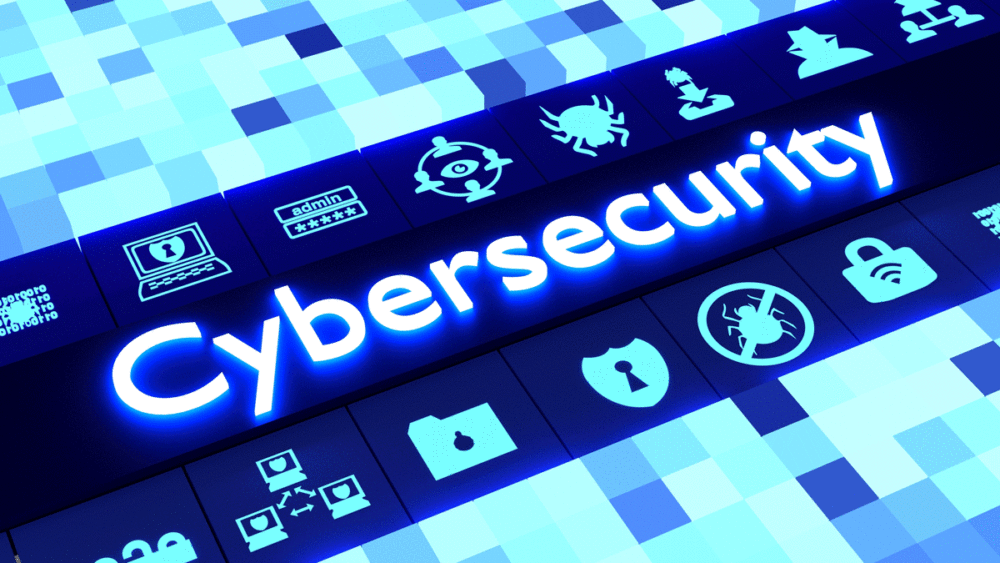Preventing Business Continuity Disruptions: Top Cybersecurity Trends

The more companies adopt new innovations, the more prone they become to new risks and vulnerabilities. With new codes and applications, the need to secure them has taken on a new meaning. As innovations require an extra layer of protection, companies now invest millions into securing their assets. Because in the end, even a small breach or a response to a phishing email can bring monetary and legal losses.
Cybersecurity is one of the hot topics today. And this correlates with the hiring market trends. Many businesses who consider their technical team augmentation seek cybersecurity specialists in the first place.
Let’s go through the most discussed cybersecurity trends in 2024 and the strategies companies adapt to secure their businesses.
Threats can come in different forms: through phishing emails, data privacy breaches, or cyberattacks. As technologies evolve, so do the attacks. For example, with the help of AI algorithms, the phishing emails have become more sophisticated, confusing even the most experienced specialists. That’s why it’s important to stay vigilant and follow the trends. This way, we can prevent the attacks before they actually take place.
AI-Powered Threats
The wide access to AI makes the cybersecurity trends move to the next level. With natural language processing (NLP), phishing campaigns become more refined and personalized. The attacks are built on the previous analysis of the users’ behavior. The deep learning mechanisms help to analyze a user’s habits and reactions in social media. Apart from phishing mails, AI-powered threats include deepfakes, AI-powered malware, and personalized social engineering attacks.
As a result, attackers target users’ weak points, taking a realistic form that becomes easy to trust. Google sees this trend only grow with time, enhancing businesses that implement AI solutions to also establish the necessary security measures.

Vulnerability of the Internet of Things (IoT)
The nature of the IoT with numerous connected devices is vulnerable in itself. Without necessary security measures, it can be easily disrupted by massive attacks. As one of the top trends in cybersecurity, the IoT protection includes preventing weak authentication. It ensures secure communication protocols and strong API security.
The majority of attacks targeting IoT include large-scale botnet formations, IoT devices cloning, unauthorized accesses, and sensitive information leakages.
Increasing Supply Chain Attacks
Among all cybersecurity industry trends, measures aimed at preventing supply chain attacks are discussed the most. Such attacks target not only a company’s data and systems but also those of its third parties. From inserting hidden access points to injecting malicious codes into software, attackers try to disrupt the critical infrastructure.
In addition to compromised network equipment, Forbes mentions the fragility of the open-source libraries. The insertion of malicious codes into open-source libraries brings misfunctioning to all the projects based on these libraries.

Attacks on Cloud Environments
We wouldn’t talk about cybersecurity trends so much if these security attacks didn’t lead to such disastrous and costly outcomes. For example, the usage of hybrid strategies for cloud utilization (e.g. public and private cloud environments) creates a bigger possibility of maneuver for the attackers. They mostly seek vulnerabilities in identity management practices and misconfigurations.
Other attacks on cloud environments include access through weak APIs, ransomware targeting backup and storage, as well as hacktivism in specific countries and related to particular events.
Human Vulnerabilities
The majority of attacks happen not only because of weak security measures, but also because the majority of people are not cautious enough. They open emails from unknown sources, install additional software to their devices, and use weak authentication mechanisms.
That’s why trends in cybersecurity also involve multiple businesses shifting security measures to their core activities. Regular training, reminders, and awareness campaigns help workers remain attentive in all situations.
Blockchain Trends in Cybersecurity
Even as today we see blockchain as one of the strong cybersecurity industry trends and measures, attacks targeting this ecosystem also happen. They appear in the form of smart contracts in blockchain, distributed denial-of-service (DDoS) attacks, cryptojacking, and private key thefts.

Some cybersecurity threats continue to evolve. Others emerge, finding new vulnerabilities even in the most intricate architectures. As we continue to secure our businesses, we stick to some common practices that have already proved their efficiency.
These widespread security measures have already gained trust among different business:
- Strong control of accesses. Regularly monitor the access to your data and systems. Use multifactor authentication or role-based access control. Besides, make your developers use secure coding. Consider network segmentation as an additional layer of security.
- Implement a layered security. Use a combined approach to secure your working environment. In addition to multifactor authentication, use firewalls, endpoint security software, and other security measures.
- Regularly update software. No need to say that updated software usually includes updates on security patches as well. The more updated your software, the more secured space you operate in.
- Use threat detection tools. Use tools that detect threats in real time. From intrusion detection systems to endpoint detection and response, these tools help to identify risks and mitigate threats as part of a proactive activity.
- Regularly train employees. Regularly trained employees stay up to date regarding all the emerging threats. As a result, they detect vulnerabilities, inform about them, and take necessary measures.

The cybersecurity landscape is always dynamic. Attackers constantly find ways to spread malware and attack corporations in different fields. While we use new technologies to secure our spaces, attackers use the same to threaten businesses. It’s important to fit with the trend and implement extra layers of security in places where we see ourselves the most vulnerable.
Companies must adopt comprehensive and robust cybersecurity strategies to protect against these emerging threats. Some of the most effective strategies include implementing strong access controls and leveraging advanced threat detection. You can also maintain an up-to-date software and systems, at the same time going through regular security audits and vulnerability assessments. Additionally, fostering a culture of cybersecurity awareness and training among employees is crucial in defending against social engineering and phishing attacks. Because the security threat may come in any form, targeting all departments and company’s employees.
While these emerging threats may seem too numerous, understanding them empowers us to take action. By staying vigilant, adapting adequate strategies, and prioritizing cybersecurity, we can navigate the ever-changing digital landscape with confidence and ensure a more secure working space for all.




